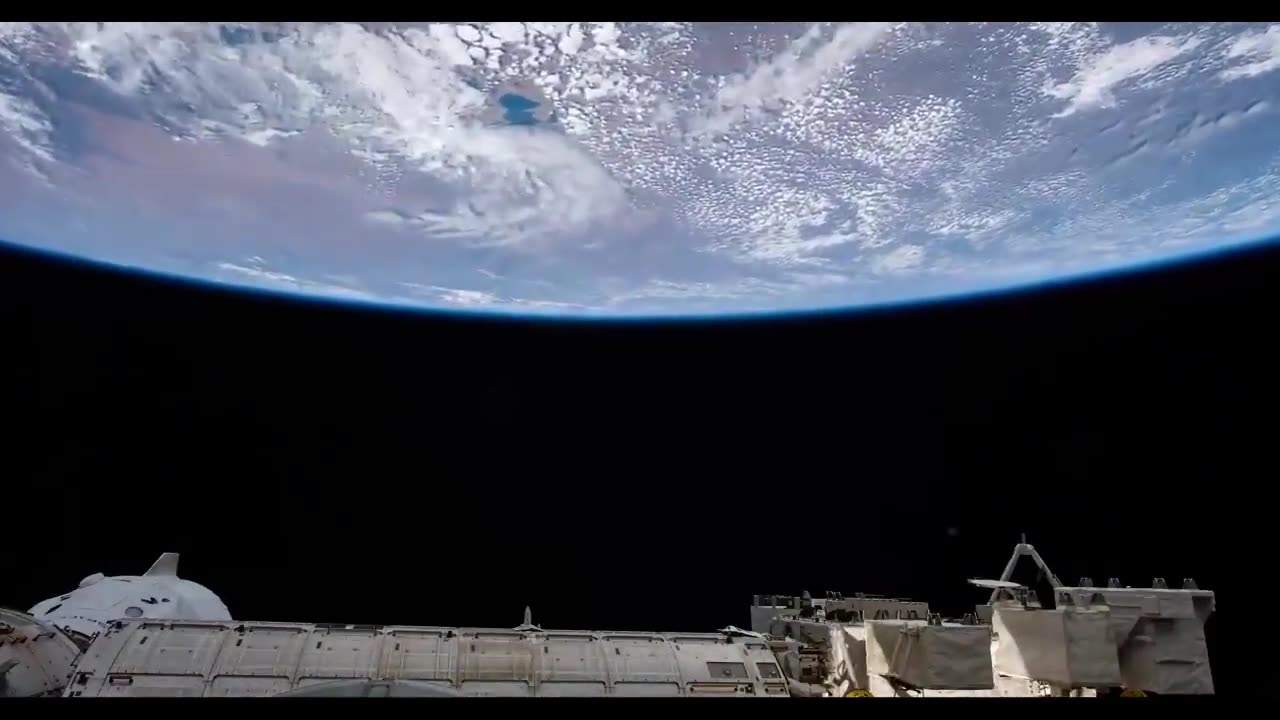Premium Only Content

NASA’s Lucy Mission Extends
NASA's Lucy mission recently extended its solar arrays, successfully powering up the spacecraft and bringing it one step closer to its journey to the Trojan asteroids.
Lucy is an asteroid exploration mission that aims to study the Trojan asteroids, which are a group of asteroids that share Jupiter's orbit around the Sun. These asteroids are believed to be remnants from the early solar system and studying them can provide valuable insights into the formation and evolution of our solar system.
The spacecraft was launched on October 16, 2021, and after a successful launch, it deployed its solar arrays to generate power. However, due to a software issue, the arrays did not fully extend as initially planned. NASA engineers worked diligently to troubleshoot and resolve the issue.
After several weeks of extensive testing and analysis, the team determined that a cable connected to one of the solar arrays was not properly releasing, preventing it from fully extending. To address this issue, the mission team developed and executed a series of commands that successfully released the cable and extended the solar arrays to their full length.
With the arrays fully extended, Lucy is now generating sufficient power to operate its systems and carry out its scientific objectives. The spacecraft will continue its journey and conduct a flyby of a main belt asteroid in 2025 before reaching the Trojan asteroids in 2027.
During its mission, Lucy will visit seven different Trojan asteroids and study their composition, surface features, and other characteristics. This data will provide valuable insights into the early solar system, helping scientists piece together the puzzle of how our planet and others in the solar system formed.
The successful extension of the solar arrays is a significant milestone for the Lucy mission, ensuring that the spacecraft is fully operational and ready to carry out its scientific investigations.
-
 2:04:10
2:04:10
Inverted World Live
6 hours agoJapanese Memory Eraser | Ep. 101
67.9K17 -
 2:42:52
2:42:52
TimcastIRL
4 hours agoTrump To Deploy National Guard To Chicago, Baltimore, Democrats Call To Resist | Timcast IRL
202K47 -

Laura Loomer
5 hours agoEP141: Muslims Call For Political Assassinations At Michigan Palestinian Conference
31.6K24 -
 4:39:32
4:39:32
Barry Cunningham
6 hours agoBREAKING NEWS: PRESIDENT TRUMP IS GOING TO TAKE CHICAGO! LFG!!! (IT'S MOVIE NIGHT!)
79.8K48 -
 1:23:59
1:23:59
Man in America
8 hours agoTrump Demands Big Pharma Come Clean on Covid Shots w/ Dr. David Martin
34K22 -
 1:40:27
1:40:27
megimu32
4 hours agoOTS: Labor Day Sitcom Blowout - Tim, Ray, & Relatable Chaos!
30K2 -
 DVR
DVR
StevieTLIVE
4 hours agoWarzone Wins w/ FL Mullet Man
24.5K1 -
 1:04:01
1:04:01
BonginoReport
7 hours agoLefties Wish Death on Trump but He’s BACK! - Nightly Scroll w/ Hayley Caronia (Ep.125)
183K82 -
 3:18:28
3:18:28
Tundra Tactical
4 hours ago $0.51 earnedWe Survived the Military… But Not This Basement
27.8K -
 20:12
20:12
Clownfish TV
12 hours agoDisney Needs MEN Back?! They ADMIT Star Wars and Marvel are DEAD!
23.7K35